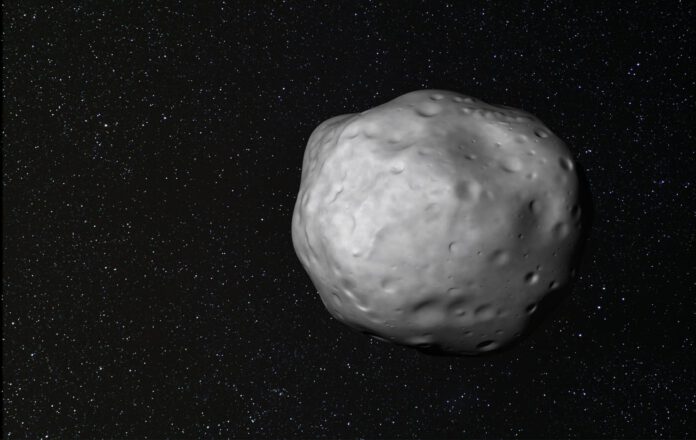
OSIRIS-REx Returns to Space with New Name and Mission
The American space probe, originally named OSIRIS-REx, is on course for a significant voyage but this time under a new moniker: OSIRIS-APEX. This mission is geared towards the asteroid Apophis, noted for its potentially dangerously close approach to the Earth in 2029. The enlightening ‘bonus mission’ is set to offer fresh insights into safeguarding our beloved planet against future cosmic interlopers.
The Genesis of OSIRIS-APEX
OSIRIS-REx was constructed with the primary objective of visiting and sampling asteroid Bennu. A successful mission concluded in September, with the return of a capsule filled with materials from Bennu to Earth. This successful venture sparked interests in launching a continuation of the mission, birthing its new phase and name: OSIRIS-APEX.
Inception of the ‘Bonus-Mission’
The idea for this ‘bonus mission’ took shape after OSIRIS-REx had dropped off materials from Bennu onto Earth. The instruments on board the probe were still functioning optimally, and there was ample fuel for another mission. The research team consequently proposed a ‘bonus-mission’ to NASA, with a range of options for the mission’s destination, including Venus. Apophis, an asteroid that will closely approach Earth in 2029, was chosen.
A Unique Occurrence
The key reason to send OSIRIS-REx to Apophis is that this celestial object is approximately 340 meters in size and will make its closest approach to Earth in 2029. An event of this characteristic and proportion is deemed extraordinary by scientists as an asteroid of such magnitude passes Earth at such a close distance only once in about 7,500 years. I’d say it’s a good enough reason to conduct detailed studies on this cosmic body!
Composition
NASA has another significant motive for examining Apophis. To comprehend this, it’s essential to know that asteroids exist in various types. OSIRIS-REx was originally destined for Bennu, which belongs to the ‘C-type’ asteroids, meaning it carries a lot of carbon in its material. In contrast, Apophis belongs to the ‘S-type,’ implying it contains a substantial amount of silicates, such as quartz, feldspar, and zeolites. This fact is compelling because many of the asteroids that pose a threat to Earth are also ‘S-types’. The information gathered can be used, among other things, to better protect Earth against any future space rocks on a collision course.
From Space Debris to Planet
There’s also anticipation that Earth’s gravitational forces will eventually trigger quakes and landslides on Apophis, exposing the underlying materials. Researcher Dani Mendoza DellaGiustina explains that these observations can offer insights into how planets were formed in the early solar system. “It’s an extraordinary natural experiment.” The hope is that studying this lump of rubble named Apophis can provide further insights into how space debris ultimately transformed into the planets we know today.
April 2029: Date of Encounter
The rendezvous of OSIRIS-APEX and Apophis is already set: starting from April 2, 2029. The probe will commence photographing the asteroid. They will meet on April 13, 2029, shortly after Apophis makes the closest approach to Earth. During this encounter, OSIRIS-APEX will conduct various measurements, eventually hovering around five meters from the asteroid’s surface and firing its thrusters downwards. This action will stir up rocks and dust, allowing scientists to observe what lies beneath.
High Expectations
As for what OSIRIS-REx will uncover at Apophis, that remains speculative. But given the probe’s past success at Bennu, expectations are certainly high.











